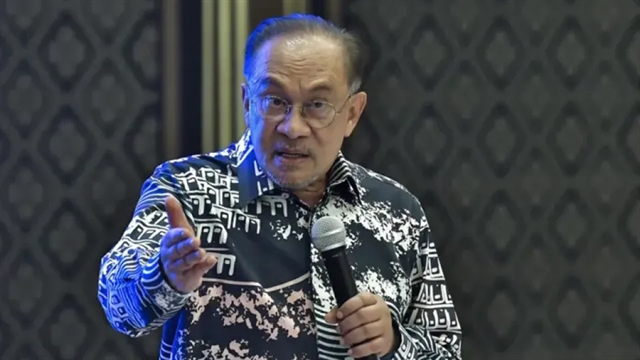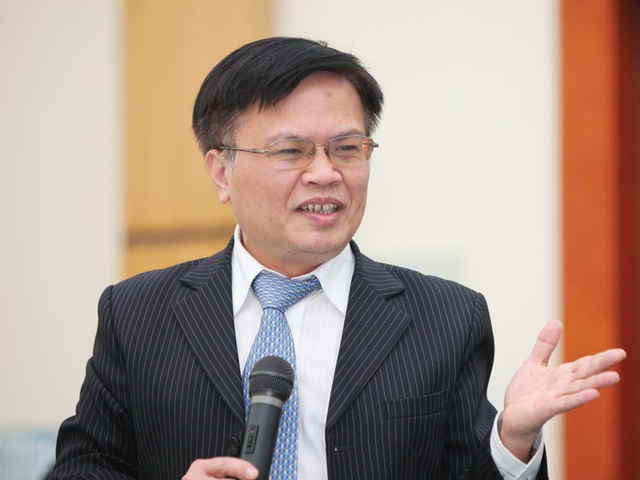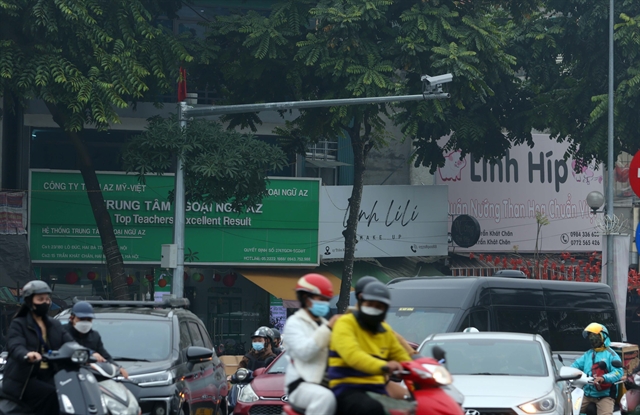 Opinion
Opinion

 |
| Dr Nguyễn Đình Cung, former Director of the Central Institute for Economic Management (CIEM). Photo kinhtevadubao.vn |
2023 has been a challenging year for public investment, especially in finding effective ways to disburse public funds. The Government, ministries, sectors, and localities have strongly focused on deploying public investment with the expectation of boosting economic growth. However, numerous issues arise during the disbursement process, particularly regarding mechanisms and policies. Dr Nguyễn Đình Cung, former Director of the Central Institute for Economic Management (CIEM), spoke with the Vietnam News Agency about solutions to maximise the effectiveness of public investment.
In 2023, public investment received significant attention and vigorous promotion from the Government, ministries, sectors, and localities with the expectation of stimulating economic growth. What are your comments on the results achieved in this area?
There are high expectations, and the efforts made are considerable, with close coordination from the Government, determination from ministries, sectors, localities, and the commitment of businesses. This is evident in the initial shift seen in the construction sector, which experienced a growth rate of over 6 per cent after the third quarter of 2023, while the real estate business showed negative growth.
Thanks to the policy of promoting public investment, many projects and constructions have been actively implemented, generating revenue for numerous businesses and providing jobs for many people.
However, the disbursement of public investment funds is still slow, falling short of expectations. This does not guarantee that public investment will truly become a driving force for overall demand.
There are several reasons, as analysed by economic experts, leading to delays in public investment. From my perspective, the fundamental issue still lies in the limited preparation of project plans. The selection of contractors and construction partners is not yet guaranteed, and notably, the prices of raw materials have increased, making contractors hesitant to proceed.
Nevertheless, the key issue remains in the realm of mechanism and policies and the investment environment and business conditions. This situation may persist into 2024, as the room for growth is diminishing, internal resources are depleting, and public investment capital will be a challenge in the coming year.
How do you assess the support of the Government, ministries, sectors, and localities in assisting investors and contractors in addressing difficulties and challenges to ensure the progress and effectiveness of projects?
I am concerned about taking more action. Despite efforts, the disbursement of public investment is still progressing slowly, so the potential to stimulate domestic demand is not high. Public investment has not been successful in attracting private investment growth.
In some places, several agencies and units are assigned to supervise projects. However, in my opinion, this has not been effective and has not been able to resolve issues for each project. Therefore, this issue requires a more systematic solution.
Could you elaborate more on the institutional reform in the field of public investment, and what, in your opinion, needs to be the focus of change?
We should start with the investment procedures, and in my opinion, the preparation of investment projects should be separated from the procedural process that businesses have to undertake. This will bring many benefits, such as improving project quality, accelerating disbursement processes, and increasing the efficiency of capital utilisation. Ministries and localities should use part of their regular budgets to prepare investment projects. Well-prepared investment projects should be included in the annual medium-term investment plan.
This plan also needs criteria for selecting the most critical, suitable, and potentially effective projects for implementation. Thus, localities need to have a list of projects prioritised according to criteria or by the amount of capital. The current practice, with no prioritisation, results in many good projects not being selected for implementation in many localities.
Furthermore, there is a need to continue simplifying procedures; removing many requirements, even possibly eliminating half or two third of the current investment procedural regulations. The task of streamlining and simplifying procedures should be assigned to an independent unit to ensure impartiality and timely completion.
For example, the planning of provinces or industries already have a list of investment projects, so we should arrange them in order of priority and carry out the investment decision procedures. Additionally, the approval process for investment proposals should be eliminated because it is the most crucial procedure but is currently based on insufficient information, causing businesses to waste a lot of time.
Sometimes, due to lack of thorough preparation, the implementation process requires multiple adjustments, making the project adjustment procedures time-consuming, similar to implementing a new project. This will slow down progress, waste capital, and reduce efficiency for the project.
In my opinion, specifically in the field of public investment, more effort is needed in institutional reform to achieve better improvement and optimise effectiveness to stimulate economic growth in 2024. — VNS




